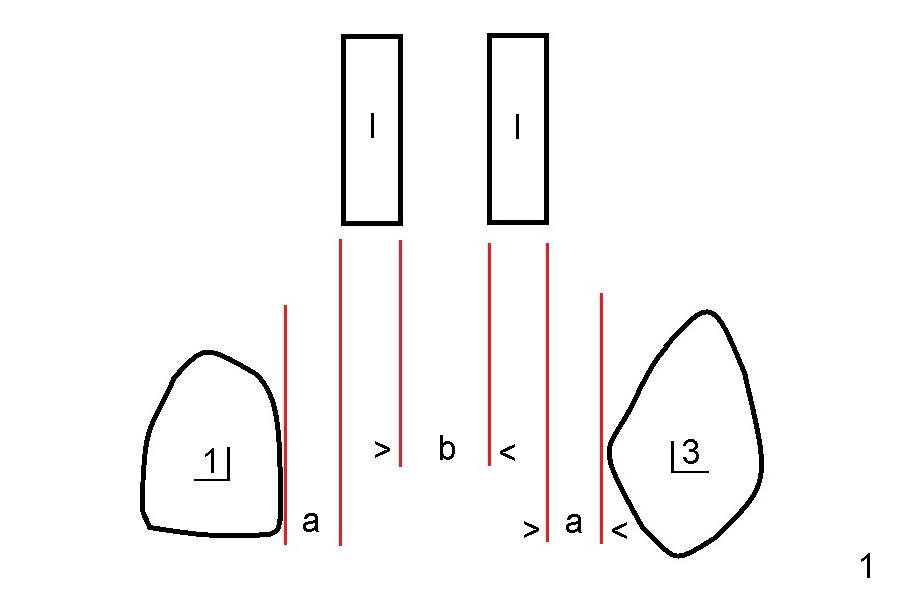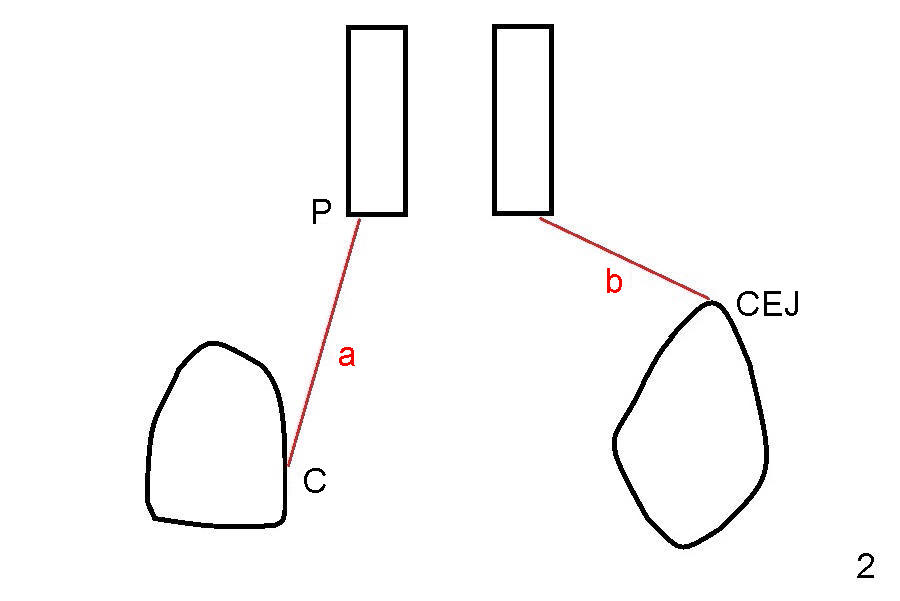

 |
 |
Implant Pretest
1. Which implant restoration eliminates the risk of cement retention?
a. Screw-retained crown
b. Separate abutment and crown
c. Neither of the above
d. All of the above
2. Which implant solution gives you control of the crown margin?
a. Stock abutment
b. Custom abutment
c. Screw-retained abutment
d. Implant overdenture
3. What is the minimum distance from adjacent teeth that an implant (I) should be (Fig.1 a) ?
a. 5mm
b. 3mm
c. 7mm
d.12mm
4. What is the minimum distance from adjacent implants that an implant should be (Fig.1b)?
a. 1mm
b. 3mm
c. 8mm
d. 10mm
5. How far apical should the implant platform (P) be compared to the CEJs of the the adjacent teeth (Fig.2 a)?
a. 3-4mm
b. 9-10mm
c. 1-2mm
d. 8-12mm
6. How far apical should the implant platform be compared to the base of the adjacent tooth contacts (C) (Fig.2 b)?
a. 2mm
b. 9mm
c. 16mm
d. 5mm
7. The primary concern related to the immediate peri-implant gap is:
a. its potentially deleterious effect on primary stability
b. the potential for it to contribute to aesthetic and/or functional compromise
c. how it will help the clinician to plan the implant-supported restoration
d. there is no concern in human patients.
8. Although gaps can occur on any side of an immediate implant, the focus is often on:
a. the palatal, because there is often an excess keratizined tissue on the palate.
b. the lingual, because of the potential danger to the lingual nerve during implant placement.
c. the interproximal, because oral hygiene procedures are more difficult to carry out between teeth
d. the faical, because contemporary dentistry dictates that the facial aspect of implant-supported restorations be in aesthetic and funcational harmony with the adjacent hard and soft tissues.
9. The percentage of surface area of the implant fixture intimately fused to vital bone is called:
a. bone-to-implant contact
b. primary stability
c. flux capacitation
d. Osseoincorporation
10. Even when clinical bone fill is apparent, histology must be performed to absolutely confirm osteointegration because:
a. gaps may have healed with apparent clinical bone fill but a microscopic seam of fibrous connection tissue may exist between the bone and the fixture
b. radiographs often magnify the implants so that small defects appear much larger than they really are
c. the use of periodontal probes is contraindicated for use with dental implants
d. ossteointegration often reverses itself in the dog model and histology is the only way to confirm that this hasn't happened.
11. One of the studies reviewed compared gap resolution in relation to machined surfaces versus roughened surfaces in a dog model and found that the gaps resolved with:
a. integrated bone against both the machined and rough surfaces
b. a fibrous seam against both the machined and rough surfaces
c. integrated bone the rough surfaces and considerable fibrous seam against the machined surfaces
d. none of the above
Return to China Marxi Course Outline
Xin Wei, DDS, PhD, MS 1st edition 09/13/2014, last revision 01/18/2015